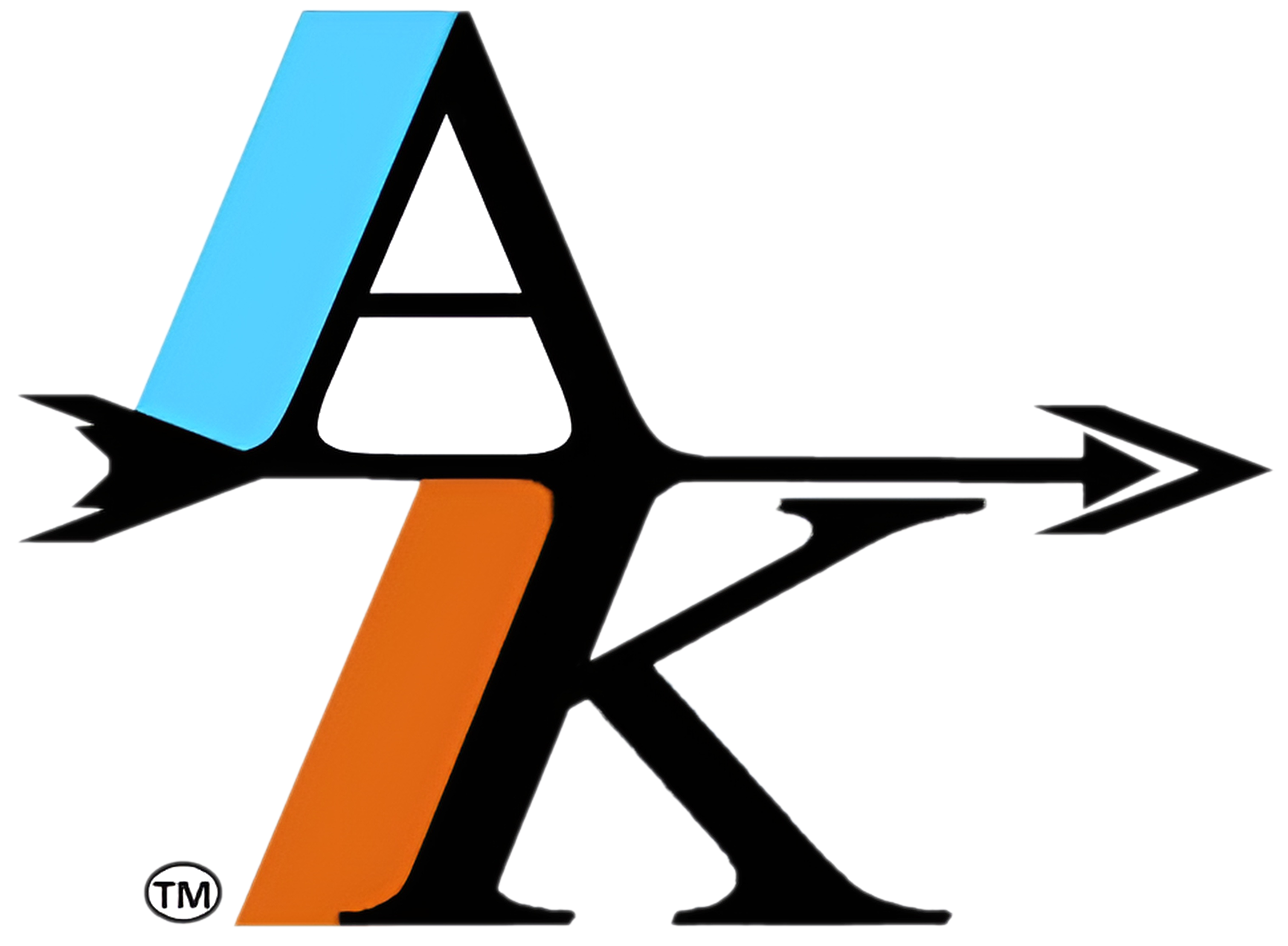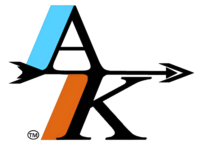The layout of a commercial auto insurance policy document is a very detailed and lengthy document. Your commercial insurance policy typically includes the following sections:
- Declarations Page: This is at the very beginning of the policy. This page/section provides you with some very basics and specifics to (you) the policyholder. It will list out some basic information such as the policy number, effective dates, types of coverage, vehicles being covered, limits of insurance, as well as the premiums for each of the coverages provided.
- Insurance Agreement: This section outlines the agreement between the insurance carrier and (you) the insured. It will specify that the insurance company will provide you coverage in return for the premium paid, as long as the terms of the policy are met. Very important to read and understand the terms of coverage.
- Definitions: This part of the policy clearly defines key terms used throughout the policy to ensure there’s no ambiguity regarding the language used throughout the policy. With that said, the terms may still seem a bit like reading a foreign language!
- Coverage Parts: This is the detailed description of each type of coverage provided, including liability, physical damage (collision and comprehensive), medical payments, uninsured/underinsured motorist coverage, and any optional coverages like rental reimbursement or towing.
- Exclusions: This section lists situations, conditions, or types of damage that are not covered by the policy. This section sets clear boundaries of coverage. For example, causing damage to your own property is very likely not going to be considered a liability claim since liability insurance by design is insurance coverage in the event that you cause a loss to a third party.
- Conditions: The policy conditions section outlines the obligations of both the insurer and (you) the insured under the policy. This section will include conditions for payment of premiums, the procedure for filing a claim, and the process for resolving disputes. The main point of this section is to explain that you must cooperate and openly and honestly work with the insurance company.
- Endorsements: Any additions, deletions, or other modifications to the standard coverage are specified in this part of the policy. Endorsements can change a policy to meet the specific needs of the policyholder or are simply used to add or delete a vehicle or driver. Reporting changes in a timely manner is often a condition of the policy or coverage and or endorsements may be void.
- Signatures: The end of the policy document typically includes a section for the signatures of the authorized representatives of the insurance company, formalizing the policy. As the insured, you will also have several documents to sign, such as the initial application, policy receipt form, applying for and accepting endorsements, premium financing, and a few others. Signing all the appropriate documents, and in a timely manner is typically a condition of coverage!
Each insurance company’s commercial auto policy form may have slight variations in layout or section titles, but the overall structure tends to follow the information we have provided you. Even with our years of expertise, we often consult directly with a Sr. Underwriter for clarification on policy conditions or coverages. We hope this information helps, and we look forward to assisting you with all of your trucking and transportation needs.

